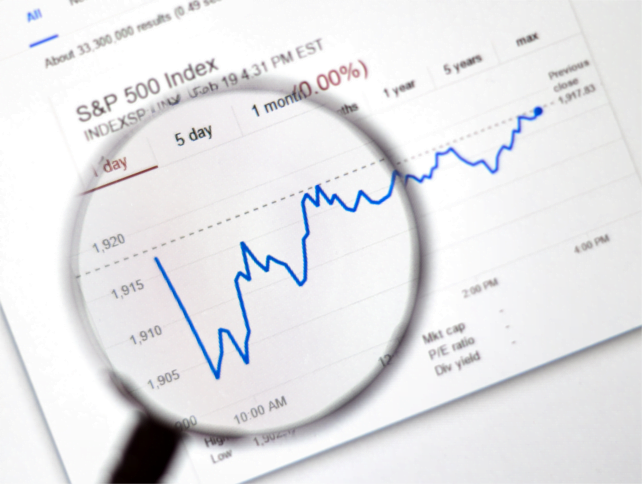Standard and Poor’s 500 ^GSPC
Standard & Poor’s Corp. traces its roots back to 1868. Henry Varnum Poor and his son, Henry William Poor, began the publication of Poor’s Manual of the Railroads of the United States. The publication gave readers crucial financial data about the backbone of the U.S. economy, the U.S. railroad industry. Poor’s Manual of Railroads of the United States gave an in-depth analysis of financial ratios and calculations such as earnings to cost as well as monitoring profits and losses and construction costs per mile of railroad track. In 1941, H.V. and H.W. Poor Co. merged with Standard Statistic Bureau to create the company Standard & Poor’s Corp.
The S&P 500 originally started with 90 companies in 1926. In 1957, the S&P 500 was published. Unlike the Dow Jones Industrial Average (DJIA), the average is not price-weighted but value-weighted. To calculate the value-weighted price of the index, the market capitalization values of all 500 companies are totaled and then divided by a divisor. The divisor helps maintain the stability of the S&P 500 by being adjusted to account for companies that are entering and leaving the index or stock splits. Similar to the DJIA, the companies added and subtracted from the S&P 500 index are handpicked by Standard & Poor’s.




